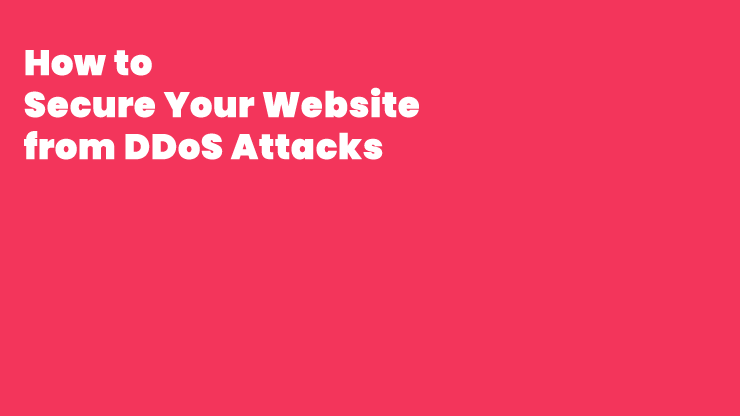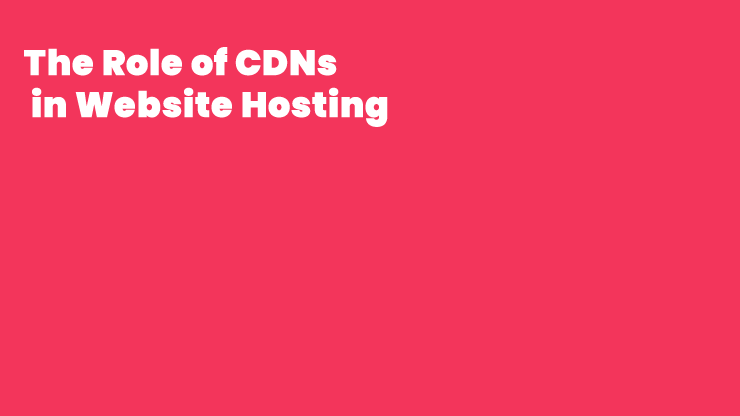Introduction on how to protect against DDOS Attacks:
In today’s interconnected world, the rise of cyber threats poses significant risks to businesses and individuals alike. Among these threats, Distributed Denial of Service (DDoS) attacks have become increasingly common and disruptive. In this article, we will explore the nature of DDoS attacks and provide practical strategies to secure your website against these malicious attacks.
Understanding DDoS Attacks
DDoS attacks aim to overwhelm a website or online service by flooding it with a massive volume of illegitimate traffic. This flood of traffic exhausts the server’s resources, rendering it unable to respond to legitimate user requests. DDoS attacks can lead to significant downtime, financial losses, reputation damage, and customer dissatisfaction. It is crucial to implement robust security measures to mitigate the impact of such attacks.
As a responsible hosting provider we utilise ddos attack prevention tools and some of these are outlined below. Thats not to say it cant happen but its how we mitigate these as and when the issue arises.
Implement Traffic Monitoring and Detection
By deploying effective traffic monitoring and detection systems, you can identify and respond to DDoS attacks promptly. Monitoring tools help identify abnormal traffic patterns, allowing you to differentiate legitimate users from malicious sources. Intrusion detection and prevention systems (IDPS) can automatically detect and block suspicious traffic, mitigating potential attacks before they cause harm.
Network Segmentation
Segmenting your network into multiple subnets can prevent DDoS attacks from affecting your entire infrastructure. By isolating critical components, such as web servers and databases, you can minimize the impact of an attack and maintain the availability of other network resources. Network segmentation enhances the overall security posture of your website and enables better traffic management.
Load Balancing
Implementing load balancing techniques distributes incoming traffic across multiple servers, ensuring that no single server becomes overwhelmed. Load balancers distribute requests evenly, preventing any one server from becoming a bottleneck and and help protect against ddos attacks. By efficiently managing traffic, load balancing helps maintain website availability even during high-volume traffic scenarios.
Utilize Content Delivery Networks (CDNs)
CDNs help protect your website by distributing content across multiple servers located in different geographic locations. By leveraging CDN networks, you can improve website performance, enhance scalability, and mitigate the impact of DDoS attacks. CDNs cache and serve content closer to end-users, reducing the strain on your origin server and acting as a buffer against DDoS traffic.
You can read about the worlds 5 biggest DDOS attack on microsofts website they are becoming more and more regular.
Employ Rate Limiting and Traffic Filtering
Rate limiting and traffic filtering mechanisms can help identify and block malicious requests, reducing the impact of DDoS attacks. These measures allow you to set thresholds for incoming requests, limiting the number of connections from a single IP address or restricting access to certain resources. By implementing strict traffic filtering rules, you can effectively block malicious traffic patterns associated with DDoS attacks.
DDoS Protection Services
Consider engaging the services of a dedicated DDoS protection provider. These specialized services offer robust defenses against DDoS attacks, leveraging advanced filtering and mitigation techniques. DDoS protection services are specifically designed to detect, absorb, and block malicious traffic, ensuring the uninterrupted availability of your website.
Regular Updates and Patch Management
Keeping your website’s software, applications, and plugins up to date is crucial for maintaining a secure environment. Regular updates and patch management address known vulnerabilities, minimizing the risk of exploitation by attackers is one of the best ways to protect against ddos attacks. By staying current with security patches, you can significantly reduce the susceptibility of your website to DDoS attacks.
Incident Response and Preparedness
Developing an incident response plan specific to DDoS attacks is vital for effective mitigation. This plan should outline the steps to be taken in the event of an attack as well as protect against ddos attacks, including the roles and responsibilities of team members, communication channels, and procedures for activating mitigation measures. Regularly testing and refining your incident response plan ensures a rapid and coordinated response to DDoS attacks.
Educate and Train Your Team
Investing in cybersecurity education and training for your team is essential for maintaining a secure website environment and really helps protect against ddos attacks. Educate your employees about the risks of DDoS attacks and the best practices for identifying and reporting suspicious activity. By fostering a security-conscious culture, you empower your team to be proactive in mitigating potential threats.
These are some of the methods we employ across all of our hosting plans including our VPS and email hosting packages.
Conclusion: Protecting your website from DDoS attacks requires a multi-layered approach that combines proactive security measures, ongoing monitoring, and incident response preparedness. By implementing traffic monitoring, network segmentation, load balancing, and utilizing CDNs, along with regular updates and a well-prepared incident response plan, you can significantly reduce the impact of DDoS attacks and ensure the availability of your website for legitimate users. Stay vigilant, stay informed, and safeguard your online presence against this ever-evolving threat.




